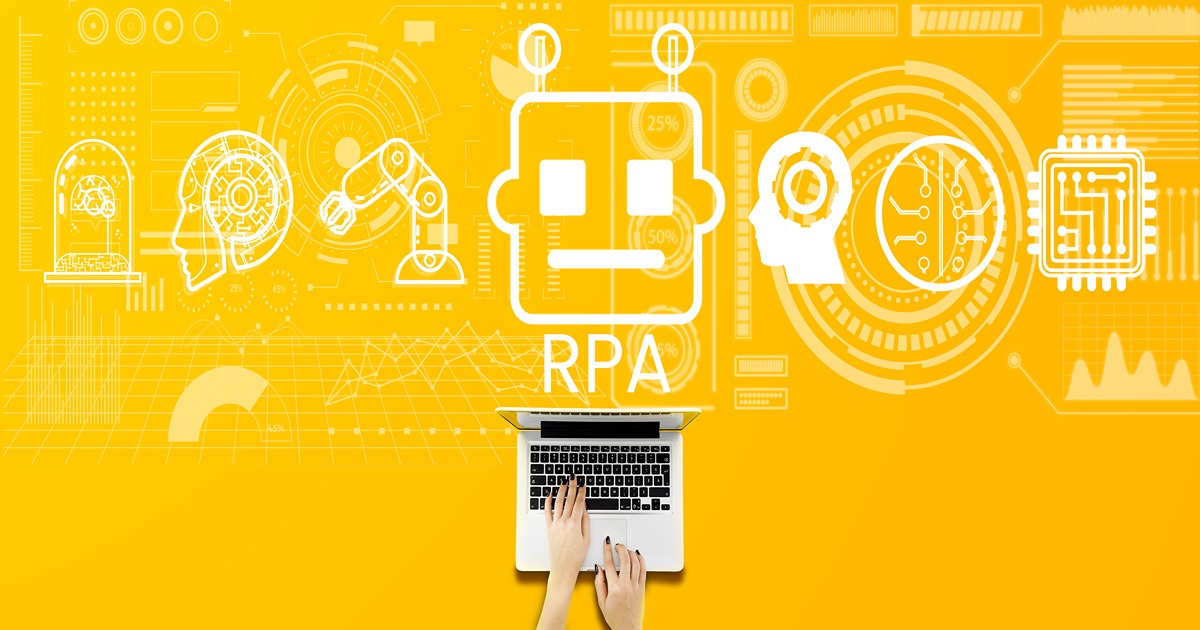A Guide to Marketing Automation to Generate 5X More Profit
By leveraging automation technology, businesses can streamline their marketing efforts, save time, and deliver personalized experiences at scale. In this blog post, we’ll explore the ins and outs of marketing automation, its benefits, and how you can effectively implement it in your marketing strategy.

What is Marketing Automation?
Marketing automation refers to the use of software and technology to automate repetitive marketing tasks and workflows. These tasks can include email marketing, social media posting, lead nurturing, customer segmentation, and more.
By automating these processes, marketers can focus their time and resources on more strategic activities, such as campaign planning, analysis, and optimization.
Benefits of Marketing Automation
Increased Efficiency: By automating repetitive tasks, marketers can save valuable time and resources, allowing them to focus on high-impact activities that drive results.
Personalized Experiences: Automation enables marketers to deliver highly personalized experiences to their audience based on their behaviour, preferences, and interactions with the brand.
Improved Lead Nurturing: With automation, marketers can create automated workflows that nurture leads throughout the buyer’s journey, guiding them from awareness to purchase.
Better Data Insights: Marketing automation platforms provide valuable data and insights into customer behaviour, allowing marketers to make data-driven decisions and optimize their strategies for better results.
Scalability: Automation allows marketers to scale their efforts and reach a larger audience without increasing their workload, making it ideal for growing businesses.
How to Implement Marketing Automation

- Start by identifying your marketing objectives and the specific tasks or processes you want to automate. Whether it’s lead generation, email marketing, or social media management, having clear goals will help you determine the right automation strategies.
- Research and invest in a marketing automation platform that aligns with your needs and budget. Popular options include HubSpot, Marketo, and Mailchimp, each offering a range of features to automate various marketing activities.
- Utilize customer data to segment your audience based on demographics, behaviours, and interests. This allows you to create targeted campaigns and deliver personalized content that resonates with different audience segments.
- Develop automated workflows or sequences that guide leads through the buyer’s journey. This may include welcome emails, lead nurturing sequences, and post-purchase follow-ups, tailored to each stage of the customer lifecycle.
- Regularly monitor the performance of your automated campaigns and workflows, and use data analytics to identify areas for improvement. Continuously test different variables, such as messaging, timing, and audience segments, to optimize your automation strategy for better results.
Get a Free Consultation From SaleMag to Make Your Marketing Automation
Conclusion
Marketing automation offers a plethora of benefits for modern marketers, from increased efficiency and personalized experiences to improved lead nurturing and scalability.
By implementing automation technology effectively, businesses can streamline their marketing efforts, drive engagement, and ultimately, achieve their marketing goals more effectively. Ready to take your marketing to the next level? Explore the possibilities of marketing automation and unlock new opportunities for growth and success.
Jahurul Islam
I’m a passionate and results-driven digital marketing professional with a proven track record of delivering impactful marketing campaigns and driving business growth.